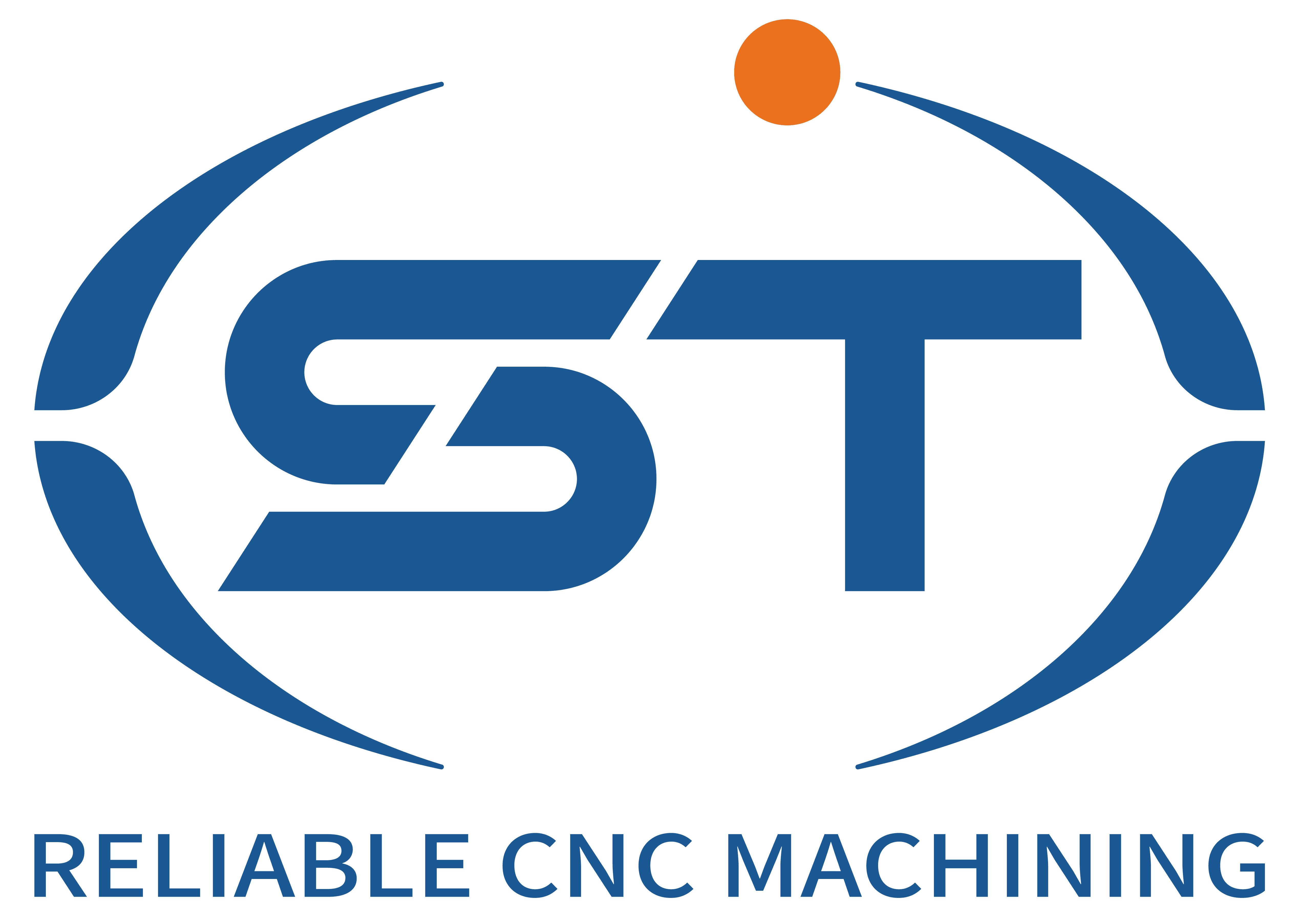Post-Processing Strategies for CNC-bewerking van automotive componenten
In automotive CNC manufacturing, the transition from CAM-generated toolpaths to machine-executable code relies on robust post-processing programs. These programs translate generic NC data into controller-specific instructions, ensuring compatibility with diverse machine tools while optimizing performance for high-precision automotive parts. Effective post-processing addresses machine kinematics, tool axis control, and safety protocols to minimize errors during production of components like engine blocks, transmission housings, and suspension parts.
Inhoudsopgave
SchakelaarMachine-Specific Kinematic Adaptation for Multi-Axis Systems
Automotive parts often require multi-axis machining to achieve complex geometries, such as curved ports in cylinder heads or helical gears in differentials. Post-processing programs must account for the unique kinematic configurations of each machine tool, including rotary table orientations, spindle head swivels, and linear axis relationships. For example, a 5-axis milling center used to machine a turbine housing may utilize a head-head configuration, where both the spindle and tool rotate independently. The post-processor must map CAM toolpaths to this setup by calculating the inverse kinematics, converting Cartesian coordinates into angular positions for the rotary axes. Errors in this mapping can lead to gouging, incorrect surface finishes, or collisions, making kinematic adaptation a critical focus of automotive post-processing.
Tool Axis Compensation for High-Precision Features
Certain automotive components, such as fuel injector nozzles or valve seats, demand sub-micron accuracy, requiring precise control over tool orientation. Post-processors incorporate algorithms to adjust the tool axis dynamically during machining, compensating for machine-specific deviations or workpiece setup inaccuracies. For instance, when machining a conical seat in a cylinder head, the post-processor may apply a lead angle correction to ensure the cutting edge maintains consistent contact with the surface, even if the machine’s rotary axes exhibit slight backlash. This level of control is essential for meeting automotive industry standards for sealing performance and durability.
Optimizing G-Code for Controller Efficiency and Safety
Modern CNC controllers vary in their handling of G-code syntax, block processing speeds, and safety functions. Post-processing programs tailor the output to leverage the strengths of each controller while adhering to its limitations. For example, some controllers support high-speed machining cycles that use continuous small blocks to reduce acceleration/deceleration times, improving cycle times for roughing operations on engine blocks. The post-processor must structure the G-code to utilize these cycles effectively, inserting appropriate dwell commands or feed rate overrides where necessary to prevent tool overload or machine vibration.
Safety Protocols for Collision Avoidance
Automotive parts with deep cavities or narrow passages, such as oil galleries in crankshafts, pose collision risks during machining. Post-processors integrate safety checks by inserting rapid traverse height commands or setting safe Z-axis levels between operations. Additionally, they may include tool change sequences that retract the spindle to a predefined clearance plane before swapping tools, reducing the likelihood of crashes during automated production. These protocols are particularly important in high-volume automotive manufacturing, where unplanned downtime due to collisions can disrupt entire production lines.
Dynamic Feed Rate Adjustment for Material and Tool Considerations
Automotive components are machined from a range of materials, including aluminum alloys, cast iron, and hardened steels, each requiring different cutting parameters. Post-processing programs can incorporate logic to adjust feed rates based on material properties or tool wear data. For example, when roughing a hardened steel gear blank, the post-processor might reduce the feed rate during the initial pass to account for the material’s high resistance to cutting, then gradually increase it as the tool wears and the cutting forces stabilize. This dynamic adjustment ensures consistent chip load and extends tool life, which is critical for cost-effective production of high-wear automotive parts like brake rotors or camshafts.
Thermal Compensation for High-Speed Machining
High-speed machining (HSM) techniques are increasingly used in automotive manufacturing to reduce cycle times and improve surface finishes. However, HSM generates significant heat, which can cause thermal expansion in both the workpiece and the machine tool. Post-processors address this by integrating thermal compensation algorithms that adjust toolpaths in real time based on temperature readings from on-machine sensors. For instance, when milling a lightweight aluminum engine block, the post-processor may modify the Z-axis positions to account for spindle thermal growth, ensuring that features like cylinder bore depths remain within tolerance even during prolonged machining sessions.
Custom Macro Integration for Flexible Automation
Automotive CNC programming often involves repetitive operations with minor variations, such as drilling multiple bolt holes of different diameters in a transmission housing. Post-processing programs support custom macro variables to automate these tasks, reducing manual input and minimizing the risk of errors. A macro might define hole diameters, depths, and positions as parameters, allowing the post-processor to generate unique G-code sequences for each hole while maintaining consistent machining strategies. This flexibility is invaluable in automotive manufacturing, where parts may undergo design revisions that require quick updates to the CNC program without extensive reprogramming.
Data Exchange Standards for Seamless Workflow Integration
To ensure compatibility with automotive industry standards like ISO 14649 or STEP-NC, post-processors must support open data exchange formats that preserve toolpath information across different software and machine tools. By adhering to these standards, manufacturers can streamline the workflow from CAM to machine, reducing the need for manual code editing and improving traceability. For example, a post-processor designed for automotive applications might output STEP-NC files that include not only G-code but also metadata about tooling, fixtures, and quality checks, enabling a fully digitalized production process from design to inspection.
By addressing machine kinematics, controller capabilities, and material-specific challenges, post-processing programs play a vital role in the precision and efficiency of automotive CNC machining. Continuous advancements in post-processing technology, such as AI-driven optimization and real-time adaptive control, are further enhancing its ability to meet the evolving demands of the automotive industry.




